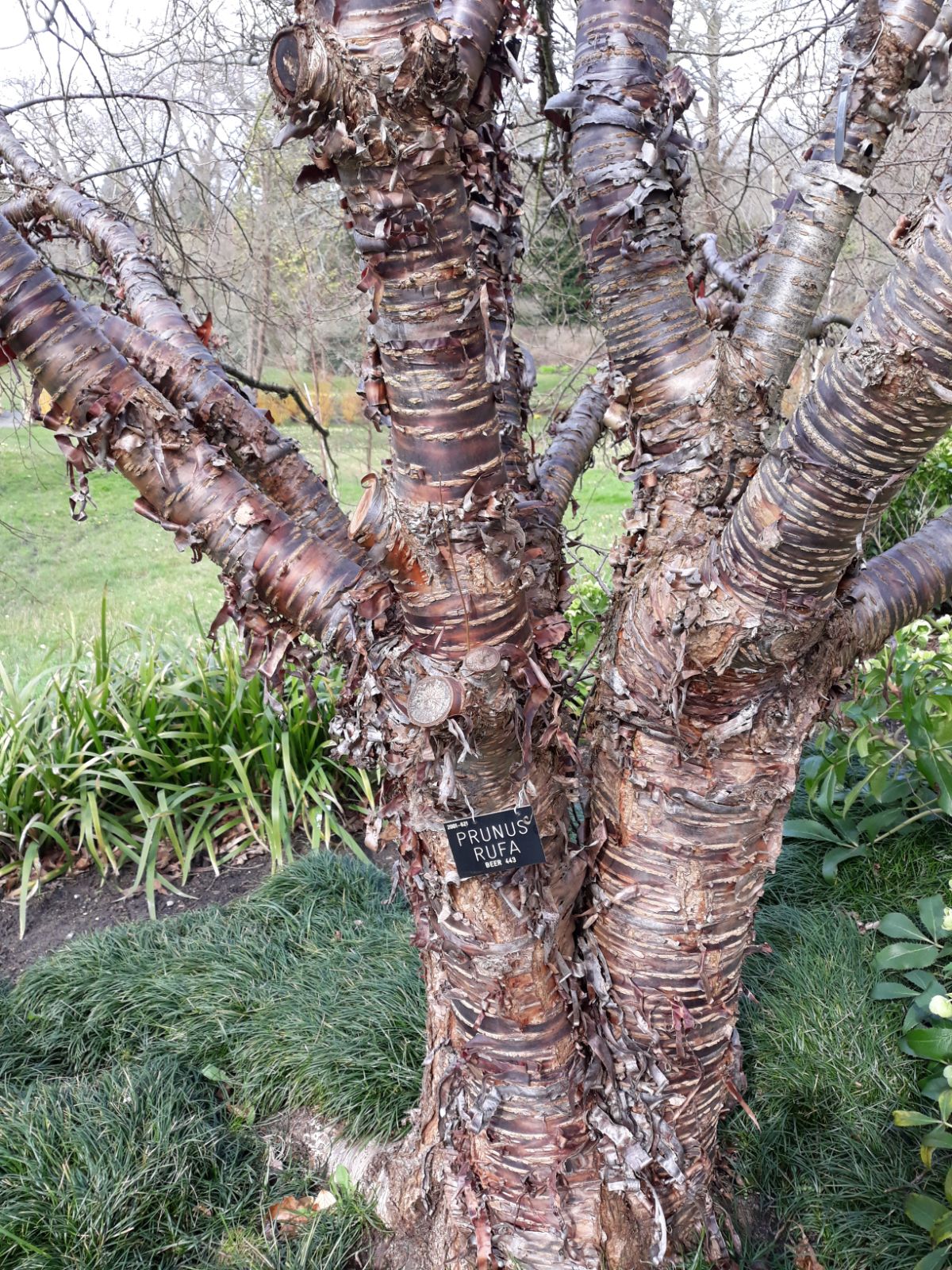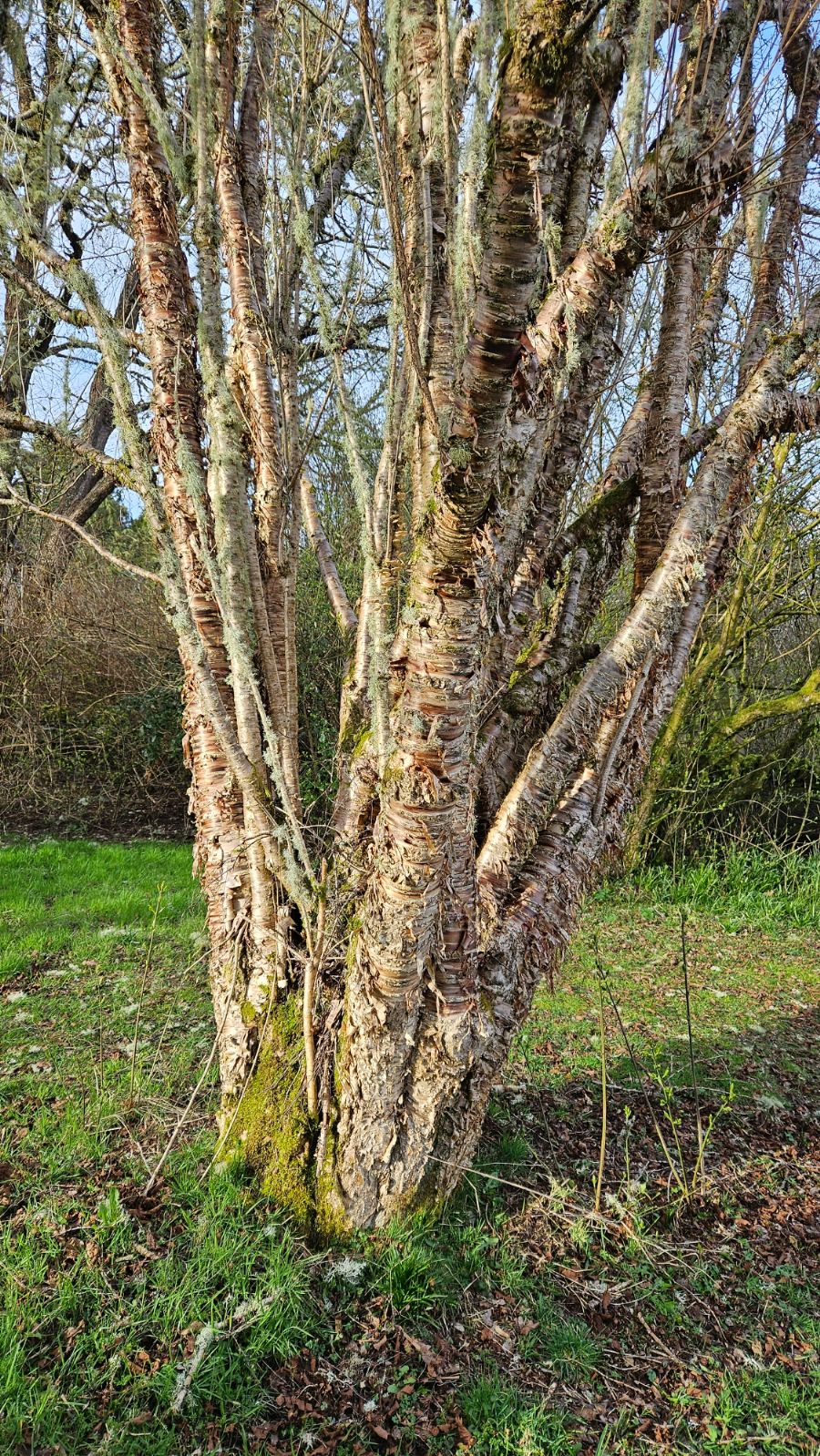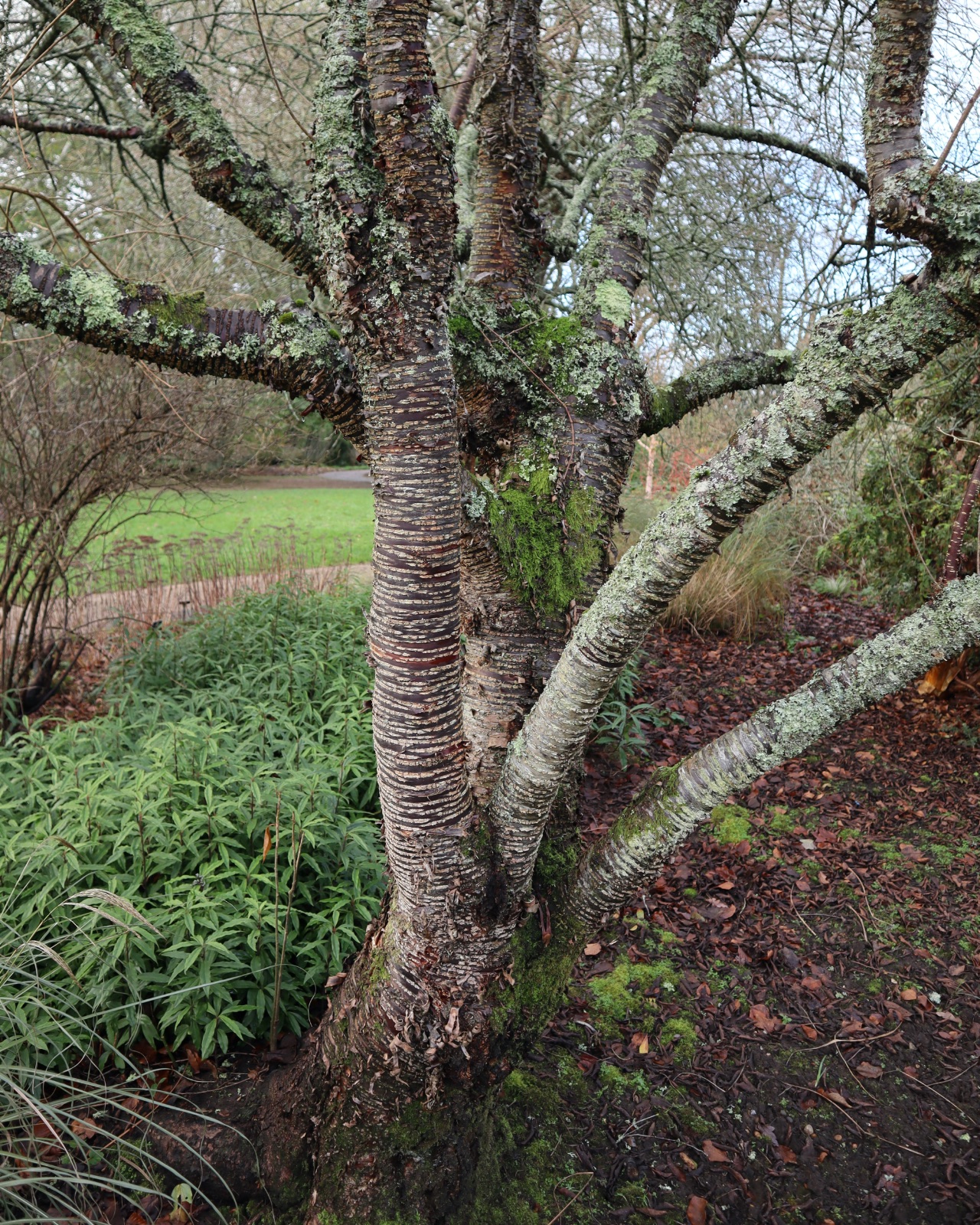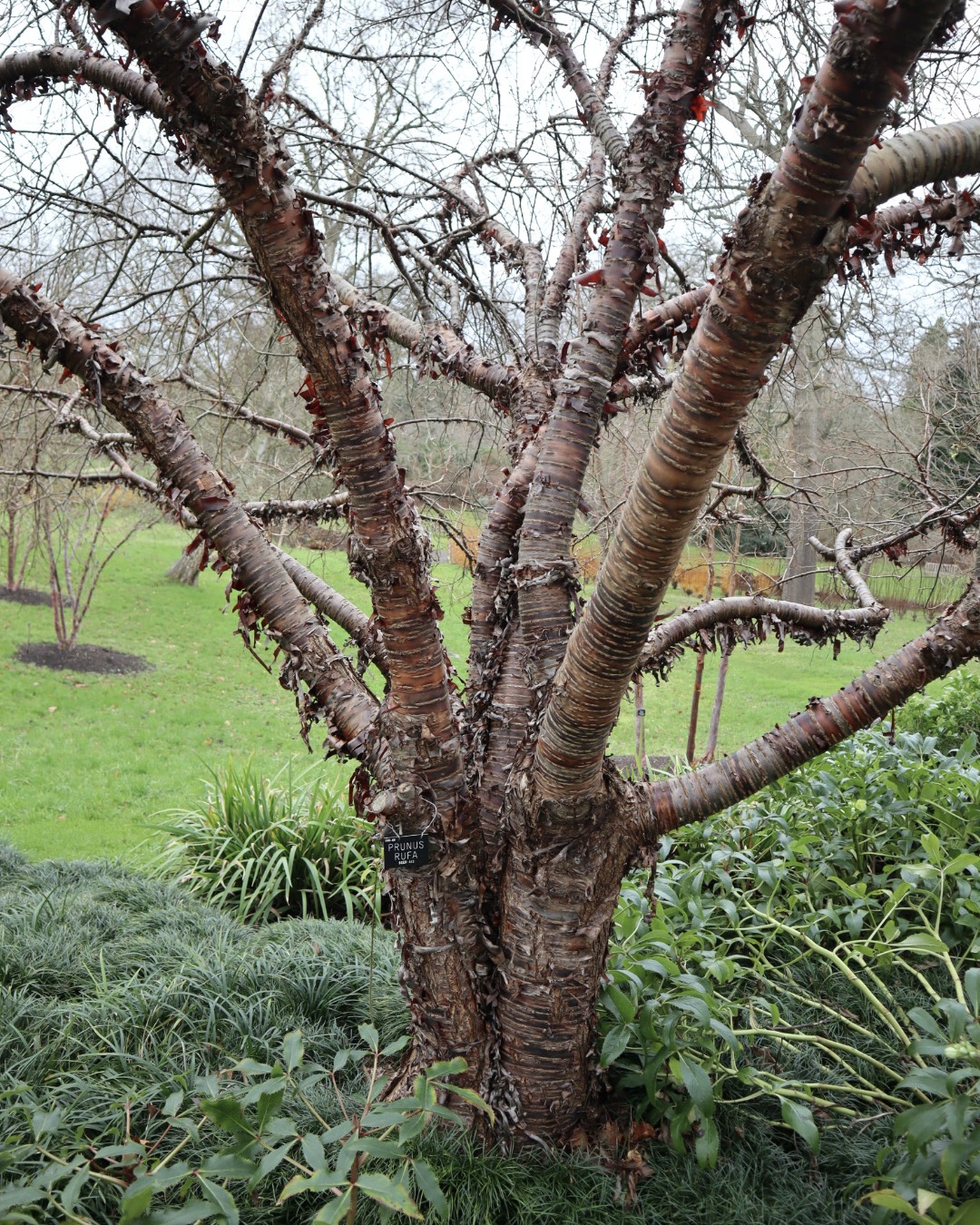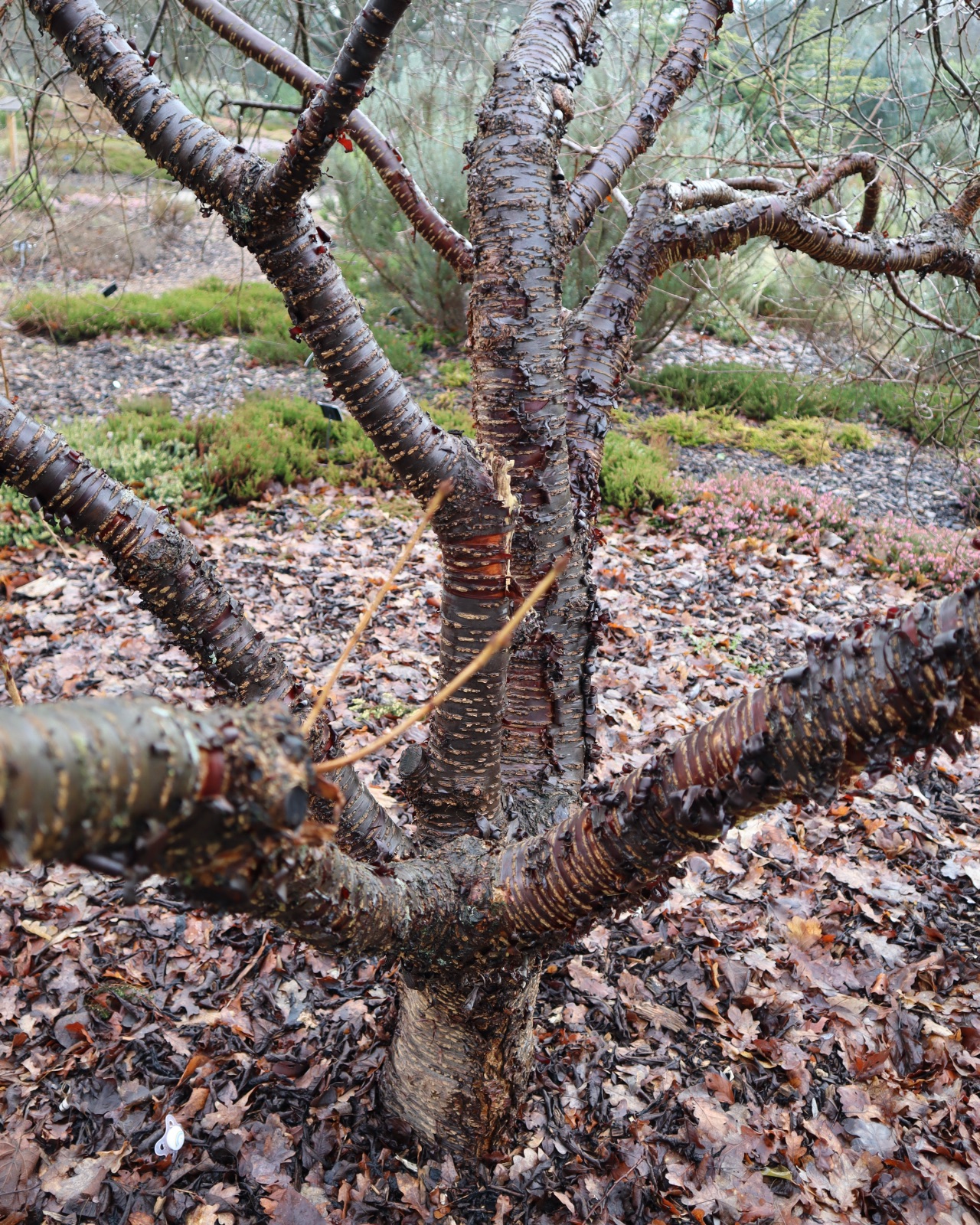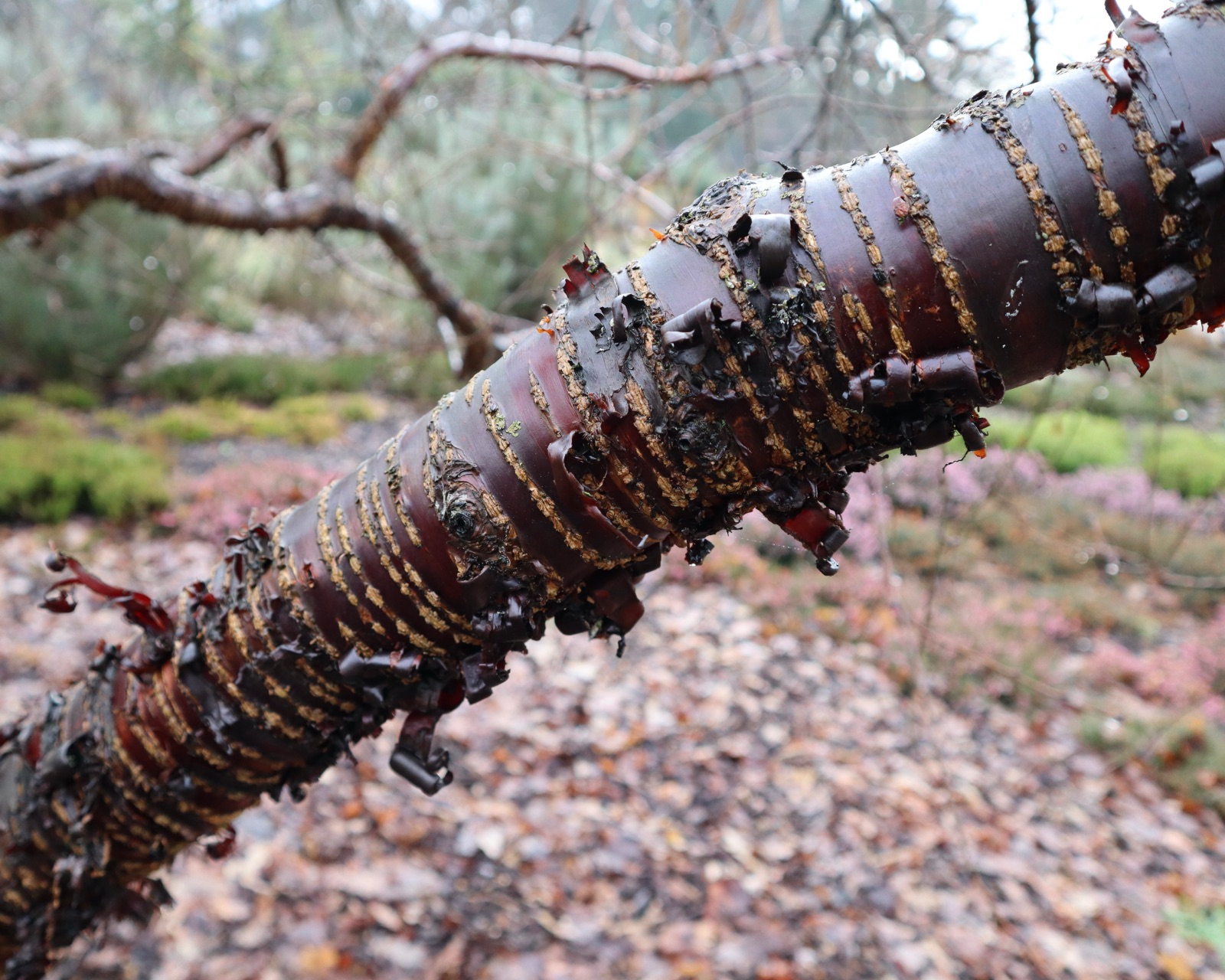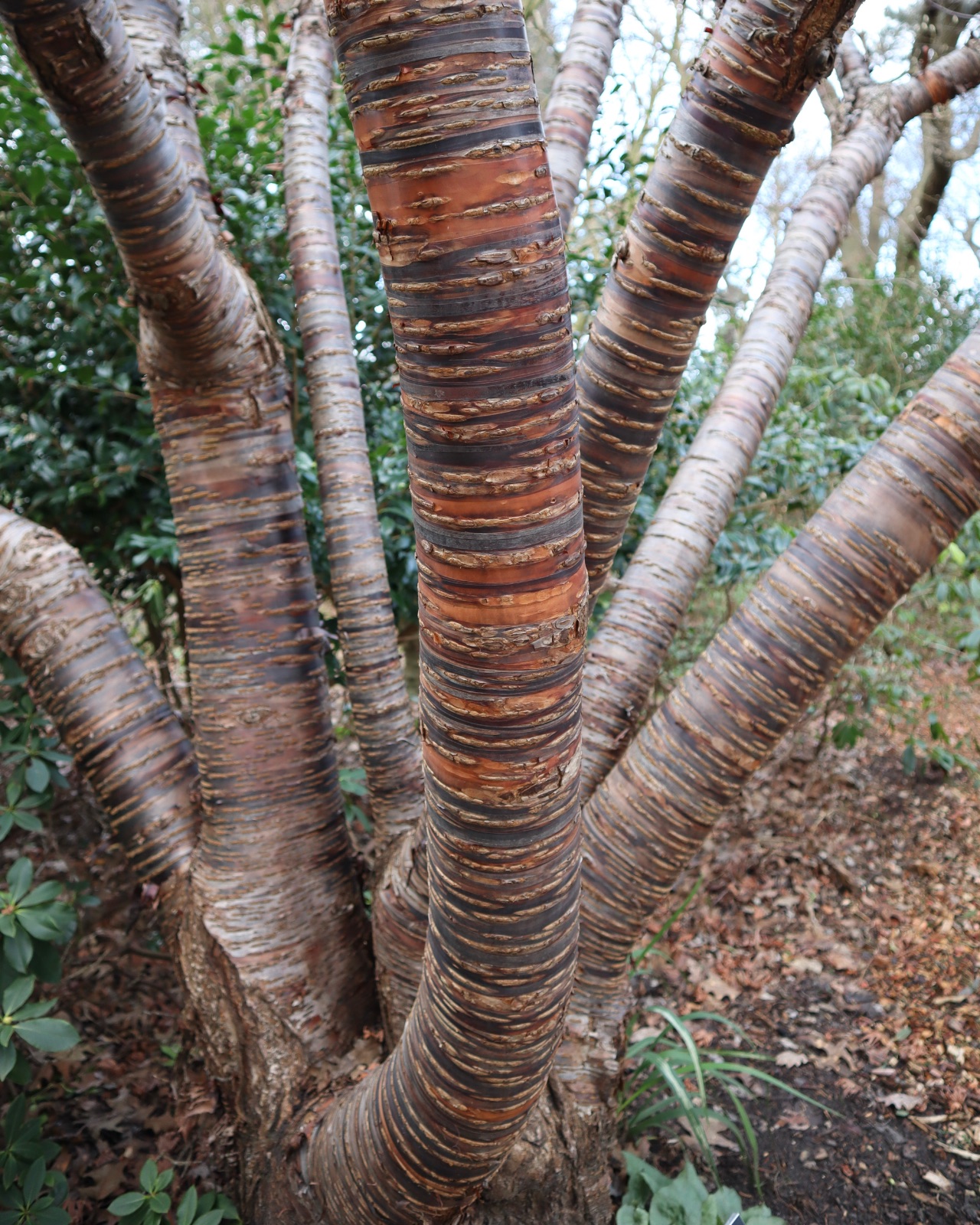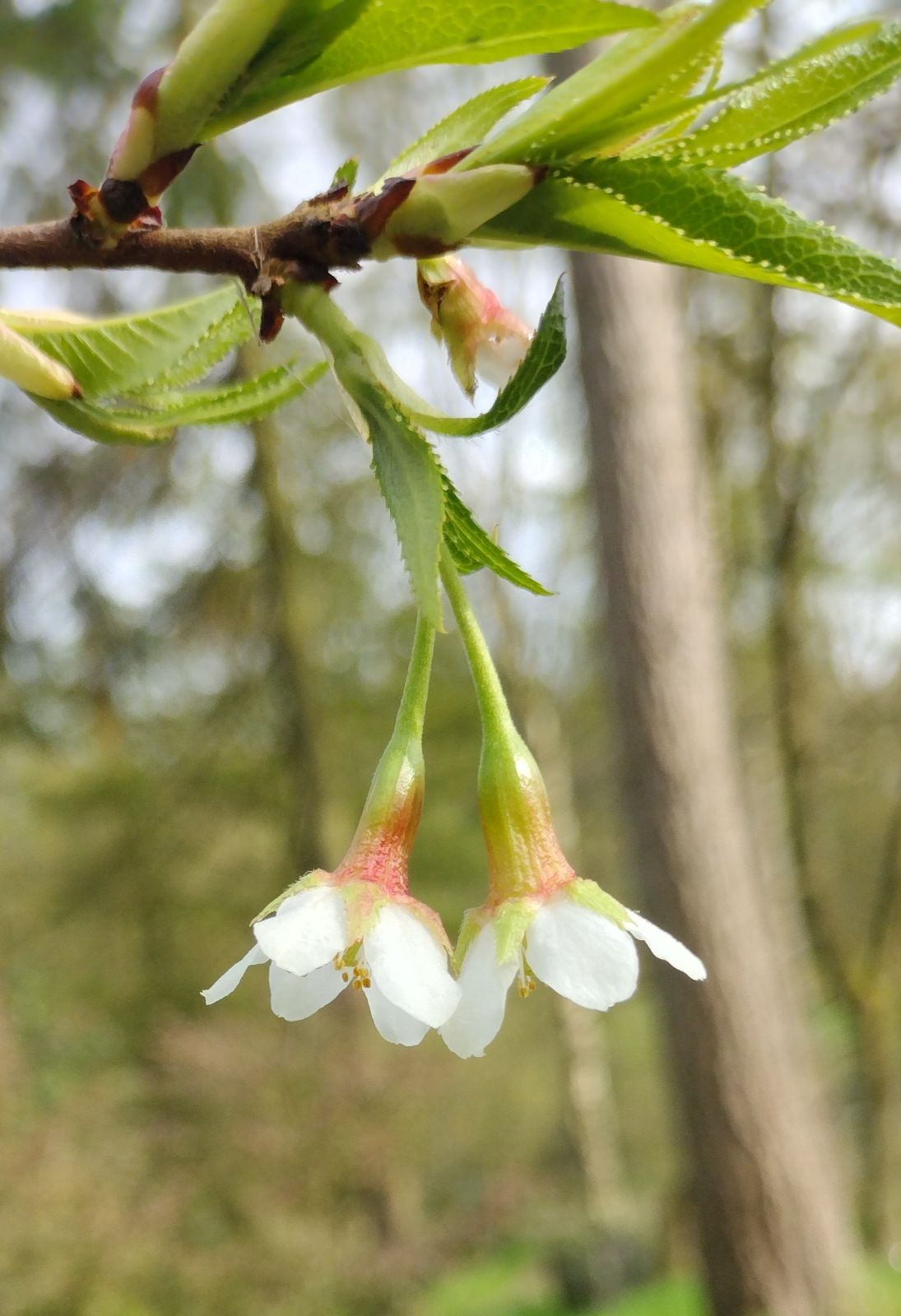Prunus rufa
Credits
Article from Bean's Trees and Shrubs Hardy in the British Isles
Recommended citation
'Prunus rufa' from the website Trees and Shrubs Online (treesandshrubsonline.
Genus
Synonyms
- Cerasus rufa Wall. nom. nud.
Infraspecifics
Other taxa in genus
- Prunus alleghaniensis
- Prunus americana
- Prunus × amygdalo-persica
- Prunus amygdalus
- Prunus angustifolia
- Prunus apetala
- Prunus arabica
- Prunus argentea
- Prunus armeniaca
- Prunus avium
- Prunus besseyi
- Prunus brigantina
- Prunus campanulata
- Prunus canescens
- Prunus cantabrigiensis
- Prunus cerasifera
- Prunus cerasus
- Prunus cocomilia
- Prunus concinna
- Prunus conradinae
- Prunus consociiflora
- Prunus cornuta
- Prunus cuthbertii
- Prunus dasycarpa
- Prunus davidiana
- Prunus × dawyckensis
- Prunus dielsiana
- Prunus domestica
- Prunus dulcis
- Prunus emarginata
- Prunus × fontanesiana
- Prunus fruticosa
- Prunus glandulosa
- Prunus grayana
- Prunus himalaica
- Prunus hortulana
- Prunus humilis
- Prunus ilicifolia
- Prunus incana
- Prunus incisa
- Prunus jacquemontii
- Prunus kansuensis
- Prunus lannesiana
- Prunus laurocerasus
- Prunus litigiosa
- Prunus lusitanica
- Prunus maackii
- Prunus mahaleb
- Prunus maritima
- Prunus maximowiczii
- Prunus microcarpa
- Prunus mira
- Prunus mugus
- Prunus mume
- Prunus nigra
- Prunus nipponica
- Prunus orthosepala
- Prunus padus
- Prunus pensylvanica
- Prunus persica
- Prunus pilosiuscula
- Prunus prostrata
- Prunus pumila
- Prunus salicina
- Prunus sargentii
- Prunus serotina
- Prunus serrula
- Prunus serrulata
- Prunus sibirica
- Prunus × sieboldii
- Prunus simonii
- Prunus sogdiana
- Prunus speciosa
- Prunus spinosa
- Prunus ssiori
- Prunus subcordata
- Prunus subhirtella
- Prunus takesimensis
- Prunus tangutica
- Prunus tenella
- Prunus tomentosa
- Prunus triloba
- Prunus virginiana
- Prunus × yedoensis
A deciduous tree 15 to 20 ft high; young branches thickly covered with reddish-brown down. Leaves from 2 to 4 in. long, narrowly oval or oblong-lanceolate, with a long drawn-out apex, toothed, each tooth tipped with an egg-shaped gland, downy on the midrib and veins only when young; stalk 1⁄2 in. long. Flowers pink, 1⁄2 in. across, produced singly or a few together in clusters from the buds of the previous year’s growth; calyx 1⁄3 in. long, funnel-shaped, with triangular, toothed lobes, hairy or glabrous; flower-stalk 1⁄3 to 1 in. long, slightly downy. Fruits longer than wide, red, fleshy.
Native of the central and eastern Himalaya, reaching to elevations of 12,000 ft. it was introduced to Kew about 1897, and proved quite hardy there, flowering in early May. This tree, however, died in 1950. It is distinct on account of the rusty-coloured down and the very glandular teeth of the leaves, but it is not one of the most ornamental of cherries. There are two distinct forms in cultivation, one of which has a close bark on the trunk, a glabrous or nearly glabrous calyx, and short flower-stalk; the other has a peeling bark, shaggy calyx, and flower-stalk occasionally over 1 in. long.
From the Supplement (Vol. V)
[f.] tricantha – Professor Hara reduced Koehne’s P. tricantha to the level of varietas, not forma as stated.
It remains uncertain whether the exfoliating bark shown by some cultivated trees is correlated with the botanical characters that distinguish var. tricantha. In 1971 the University of North Wales Expedition to east Nepal found trees of P. rufa above the village of Topke Gola with a peeling bark varying in colour from blackish brown to glowing amber. A few fruits were collected and one seedling was raised by Messrs Hillier, which was further propagated by grafting, and there are now plants of this clone at the Hillier Arboretum, Hampshire, at Wakehurst Place, Sussex, and in the garden of Maurice Mason at Talbot Manor, Norfolk. The bark is exfoliating as in the wild parents, but the specimen collected has been identified as typical P. rufa (Roy Lancaster, The Garden (Journ. R.H.S.), Vol. 102, p. 353 (1977)).
† P. himalaica Kitamura – Described from a single specimen collected by Sasake Nakao in central Nepal, this was rather unconvincingly distinguished from P. rufa by its double-toothed leaves rounded at the base. This is not known to be in cultivation, but a cherry near to it, and to P. rufa, was introduced by A. D. Schilling to Kew in 1966 by means of a seedling collected in the Langtang valley of central Nepal (S.1138). The original plant at Kew, about 10 ft high, is not thriving, but cuttings from it (they strike readily) are doing well at Wakehurst Place. The bark is peeling, dark mahogany brown (The Garden (Journ. R.H.S.), Vol. 103, p. 417 (1978)).
f. tricantha (Koehne) Hara
Synonyms
P. tricantha Koehne

